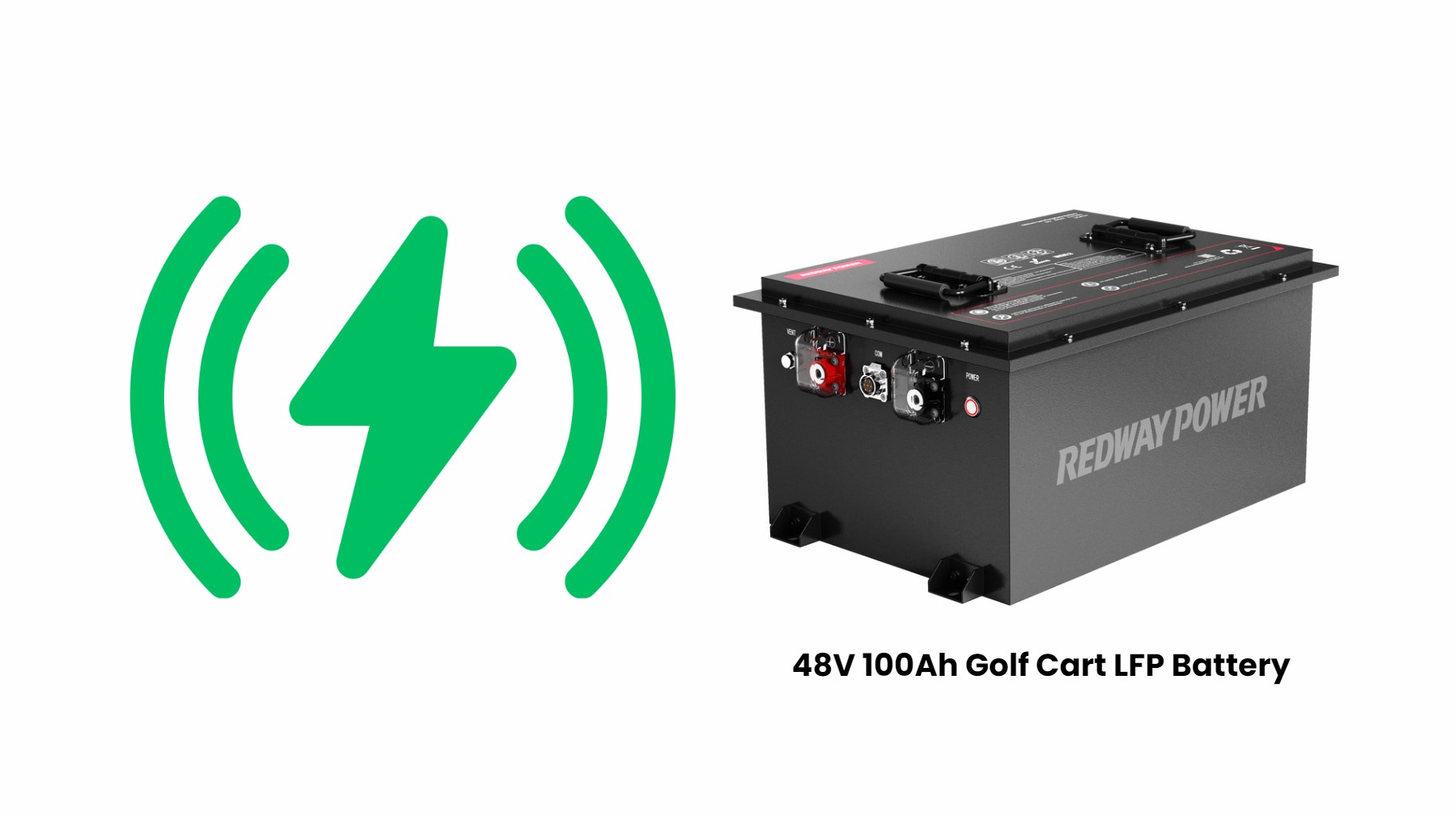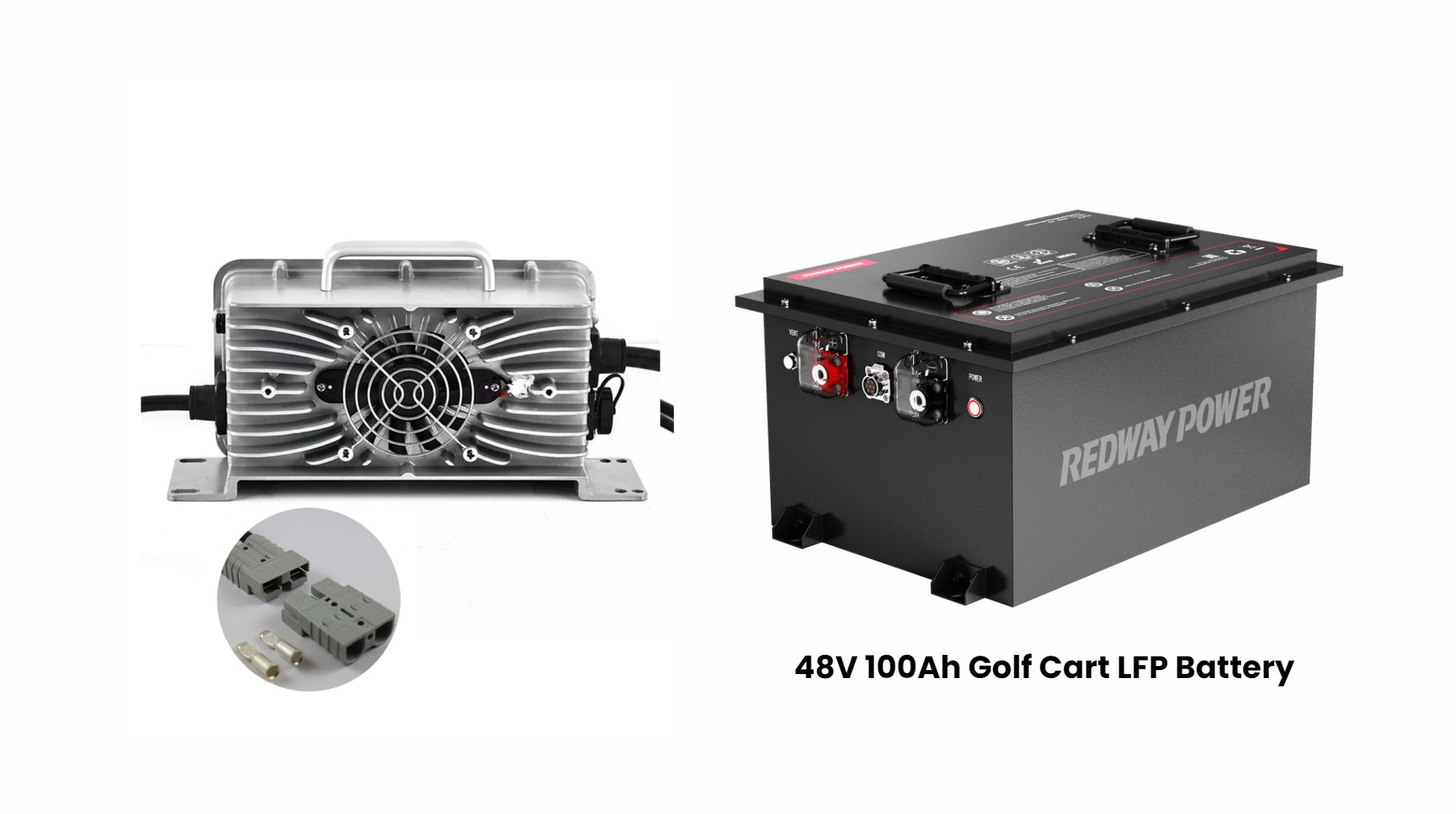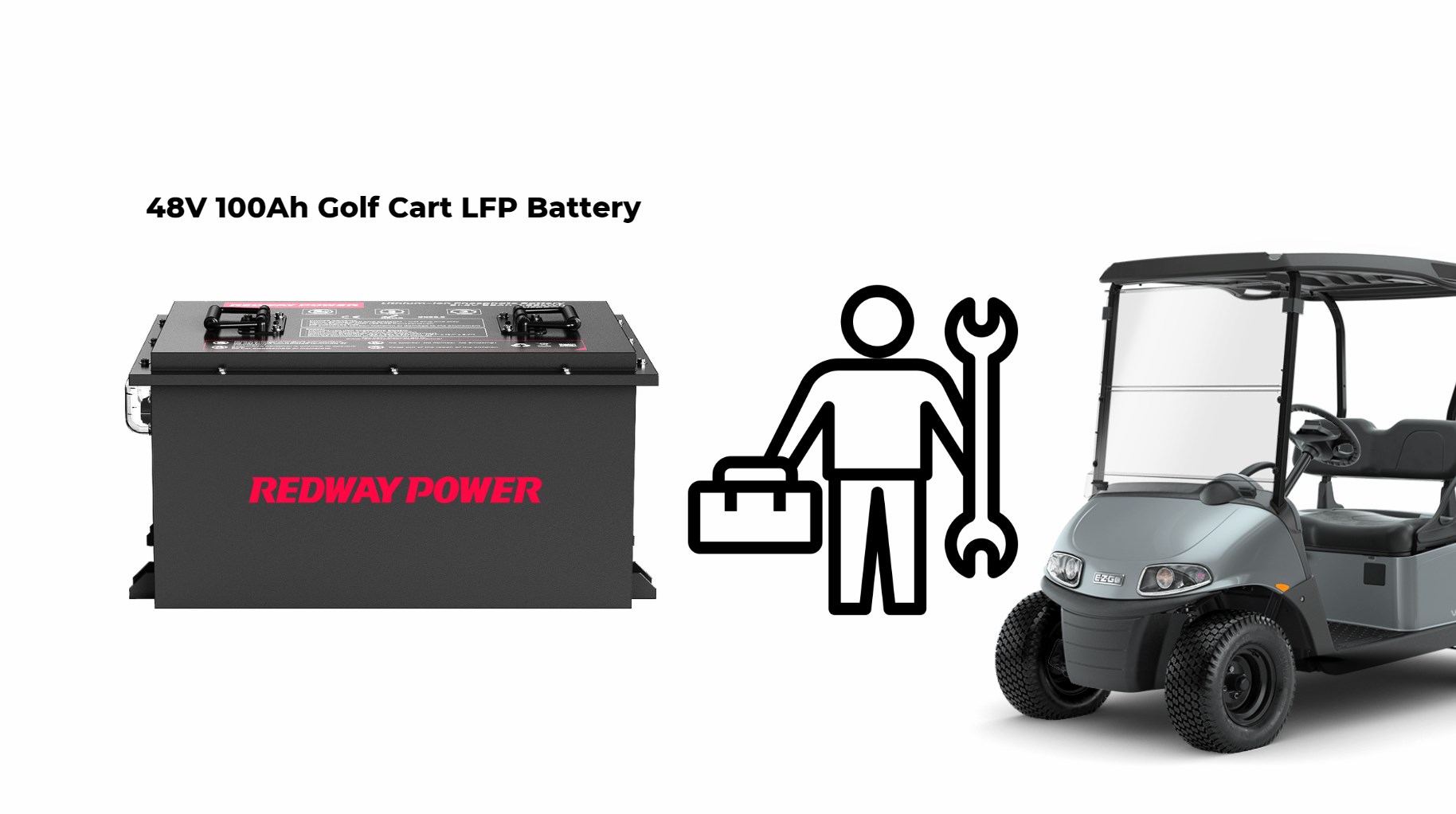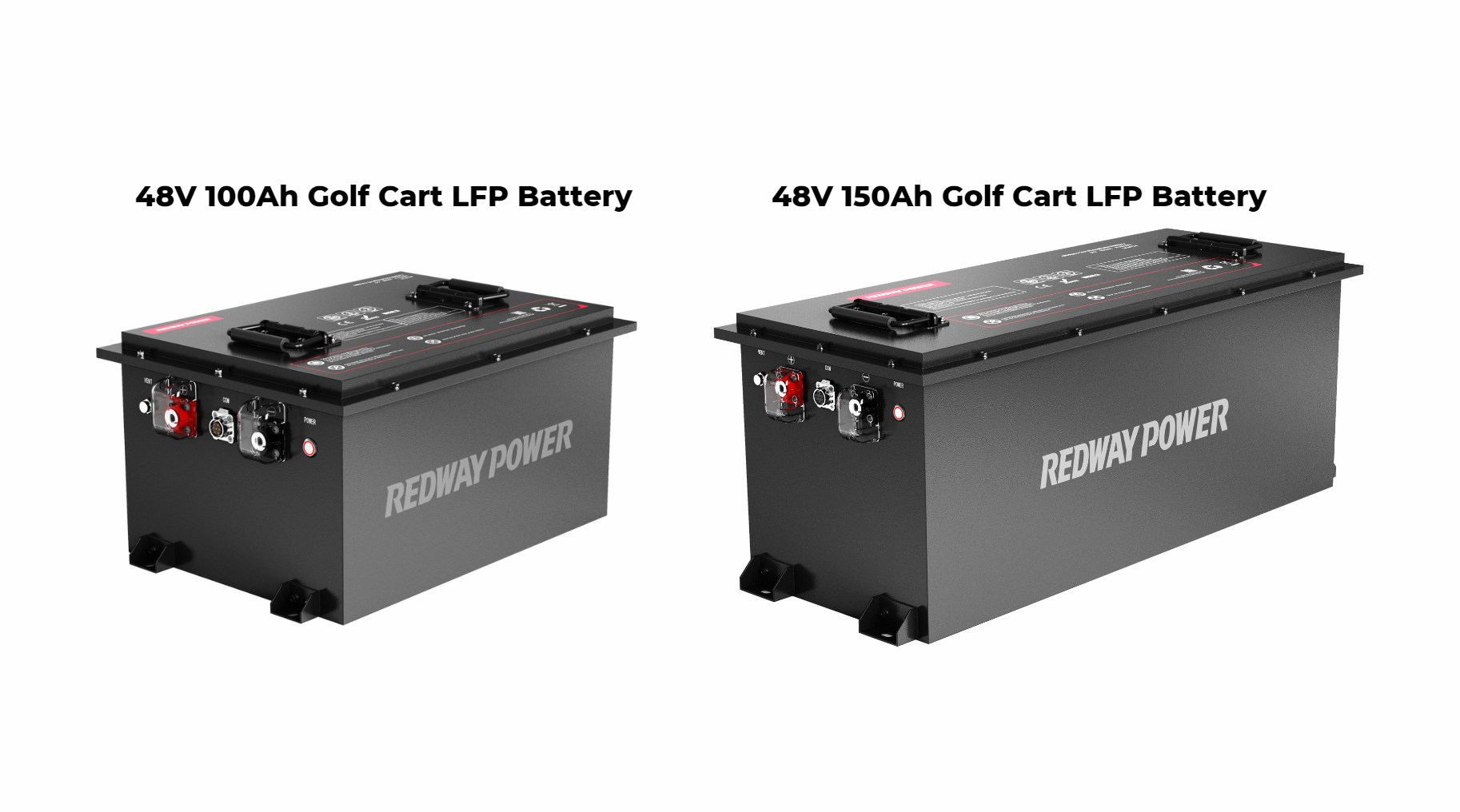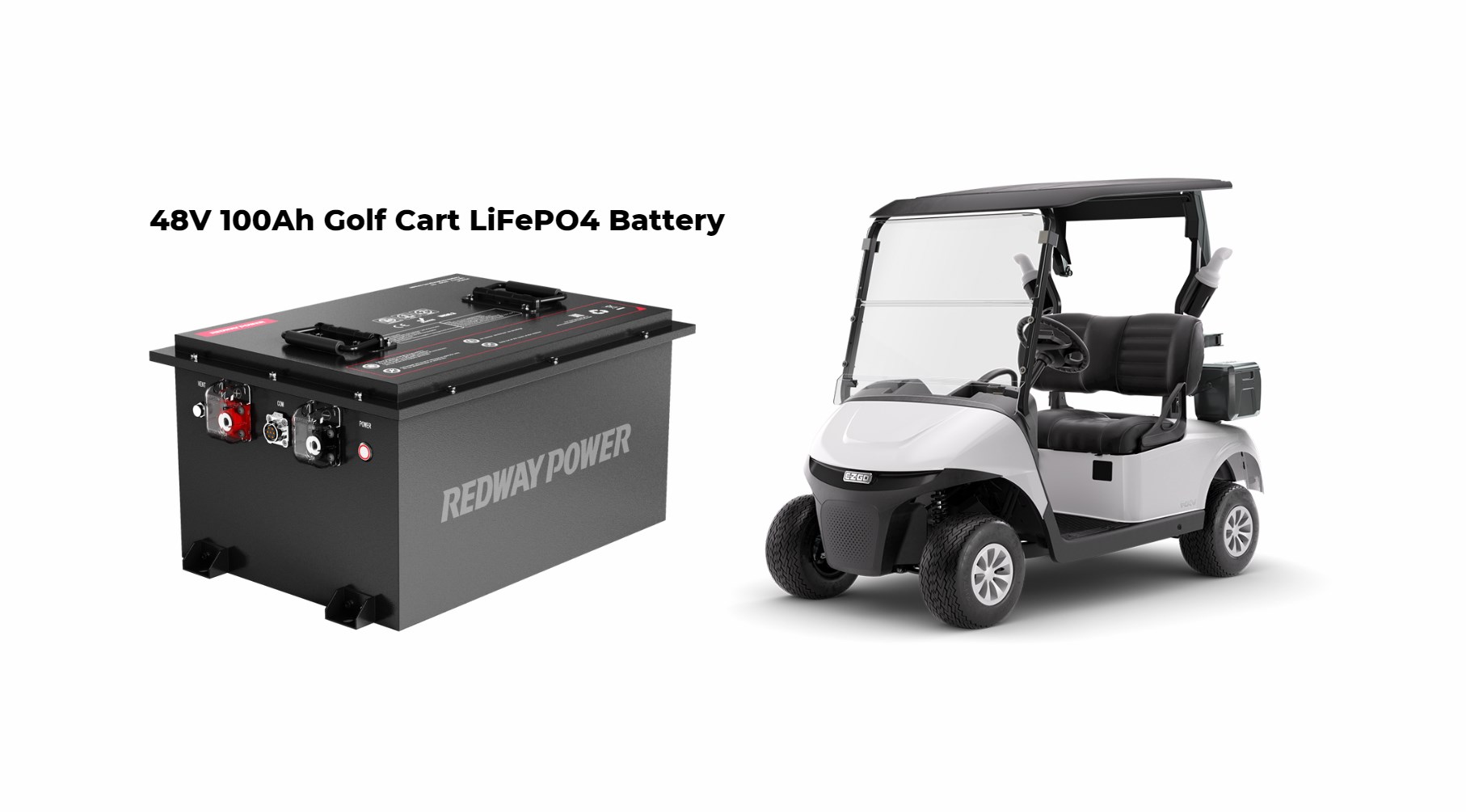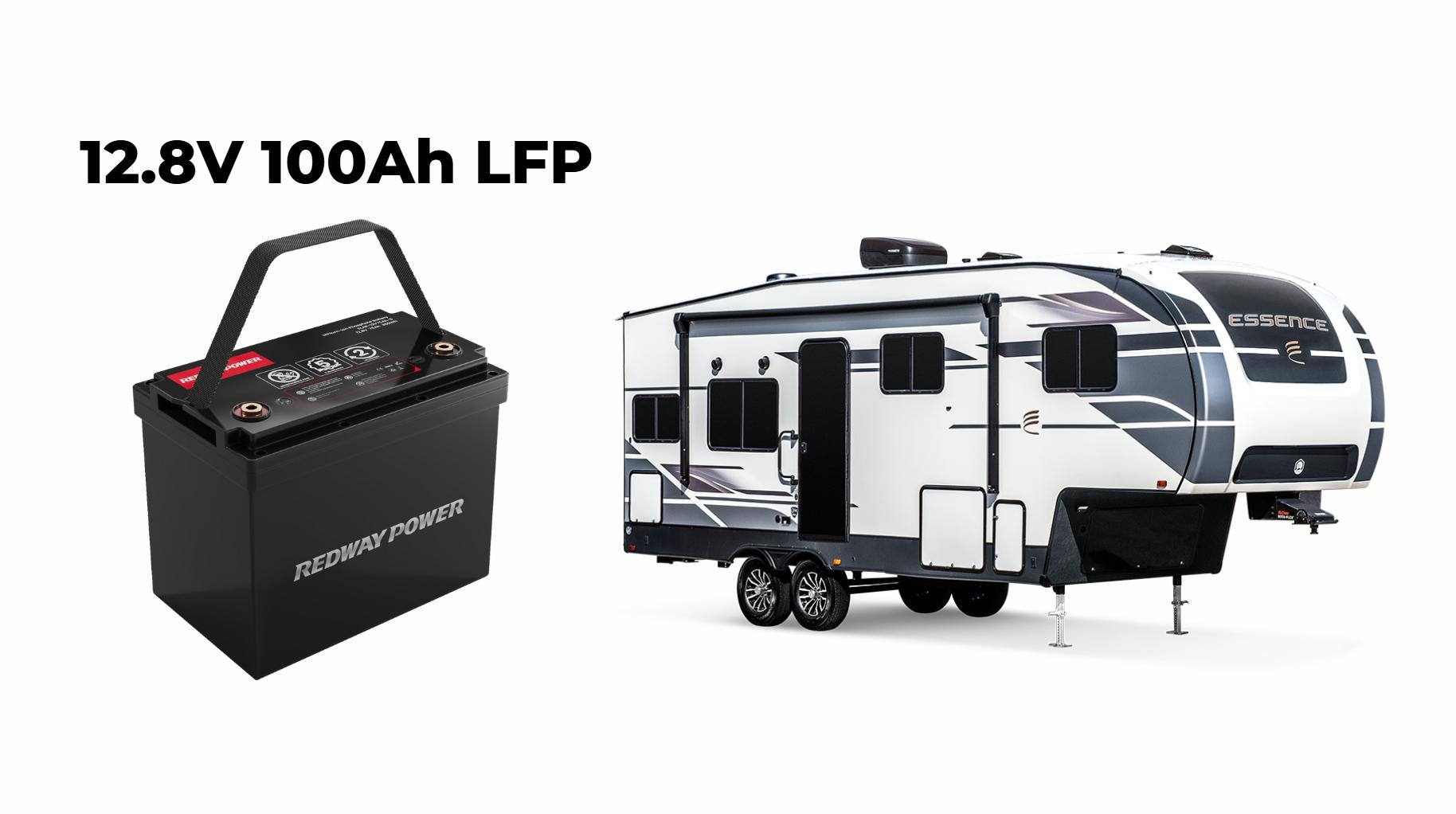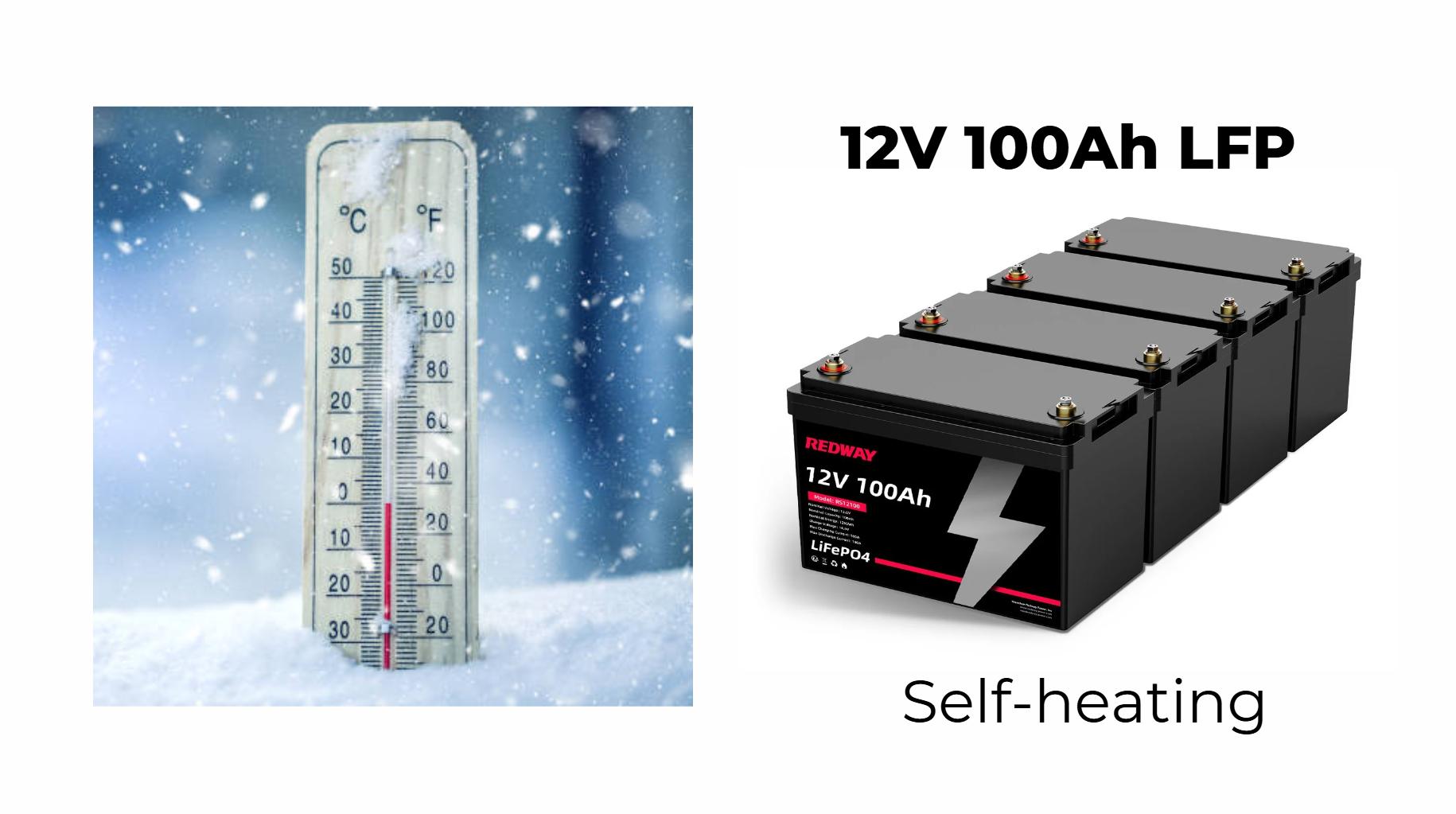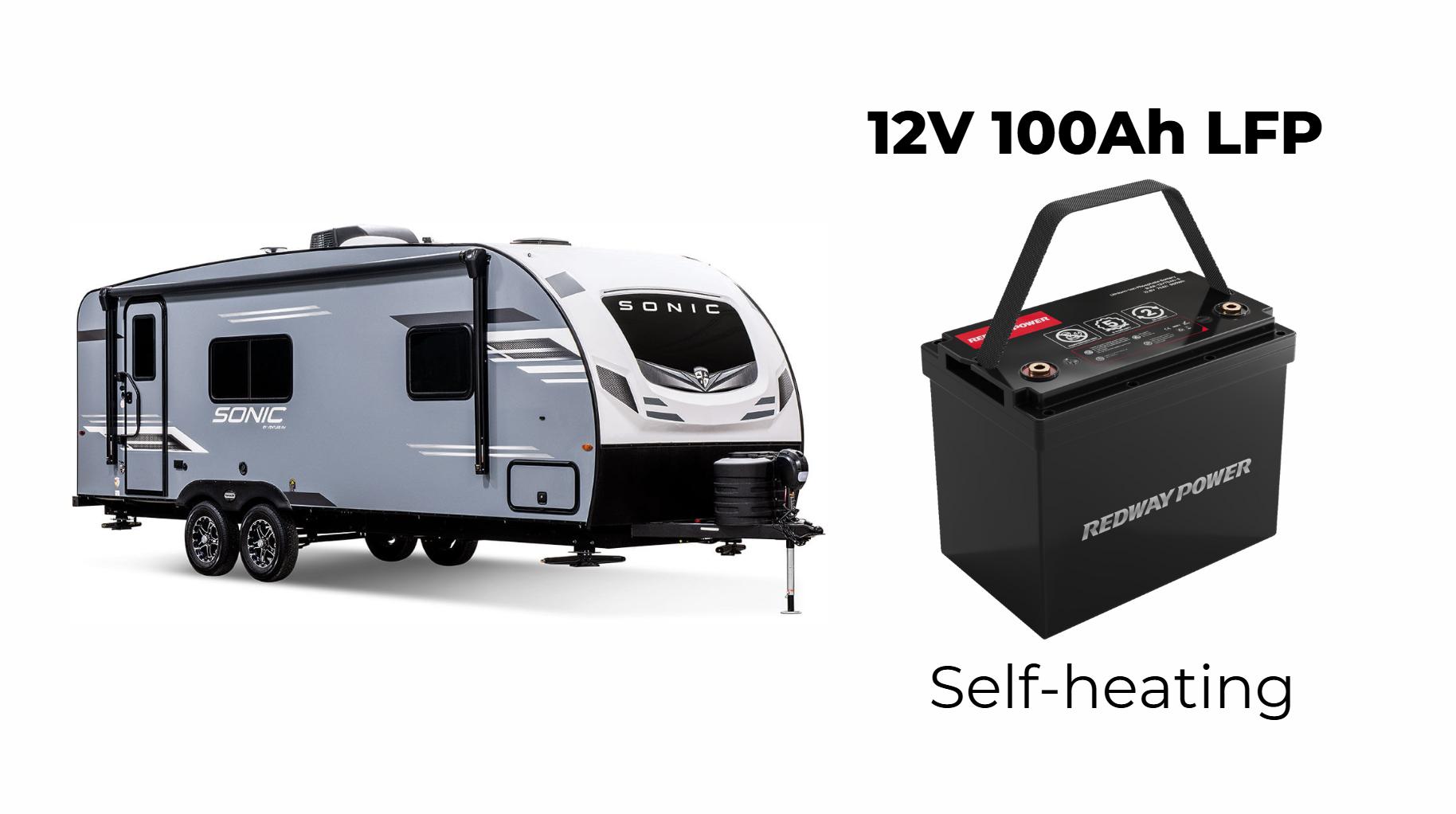How do you properly charge LiFePO4 golf cart batteries?
1. Understanding LiFePO4 Battery Characteristics
1.1. Advantages of LiFePO4 Batteries
LiFePO4 batteries offer numerous benefits compared to traditional lead-acid batteries, including:
- Higher energy density: This allows for more energy storage in a smaller footprint, making them ideal for compact golf cart designs.
- Longer cycle life: LiFePO4 batteries can withstand more charge and discharge cycles, typically lasting over 2000 cycles compared to just 500-800 cycles for lead-acid batteries.
- Enhanced safety features: With a stable chemical composition, LiFePO4 batteries are less prone to overheating and thermal runaway.
1.2. Voltage and Capacity
Understanding the voltage and capacity of your specific LiFePO4 battery is crucial. Most golf cart LiFePO4 batteries operate at a nominal voltage of 12V, 24V, or 48V, depending on the cart’s design. Be sure to consult your battery specifications for precise information on voltage and capacity.
2. Selecting the Right Charger
2.1. Charger Compatibility
Using the correct charger is essential for the safe and efficient charging of LiFePO4 batteries. We recommend selecting a charger specifically designed for LiFePO4 batteries, which will help avoid issues such as overcharging or undercharging. Ensure the charger’s voltage rating matches your battery’s nominal voltage (e.g., 12V, 24V, or 48V).
2.2. Smart Charging Technology
Opt for a charger equipped with smart charging technology. These chargers automatically adjust the charge rate based on the battery’s state of charge, ensuring that your LiFePO4 battery is charged quickly and safely. Features to look for include:
- Temperature monitoring: Prevents overheating during the charging process.
- Multi-stage charging: Allows for bulk, absorption, and float charging stages, enhancing battery health and longevity.
3. Charging Procedure for LiFePO4 Batteries
3.1. Preparing for Charging
Before connecting your charger, ensure that:
- The golf cart is parked in a dry, well-ventilated area.
- The battery terminals are clean and free from corrosion.
- The battery is not already fully charged; it’s best to charge when the state of charge is below 20% to prolong battery life.
3.2. Connecting the Charger
- Connect the charger to the battery:
- Attach the positive (+) lead of the charger to the positive terminal of the battery.
- Connect the negative (-) lead to the negative terminal.
- Power on the charger:
- Once securely connected, plug in the charger and turn it on.
3.3. Monitoring the Charging Process
- Observe the charger indicators: Most smart chargers will have LED lights or display screens that indicate the charging status. Ensure the charger is functioning correctly and that the battery is charging.
- Check for excessive heat: While some warmth is normal, excessive heat can indicate a problem. If the battery becomes too hot, disconnect the charger immediately and investigate.
4. Charging Times and Recommendations
4.1. Charge Duration
The duration of charging depends on the battery’s capacity and the charger’s output current. On average:
- A 20Ah battery will take about 1-2 hours to charge with a 10A charger.
- A 100Ah battery may require 5-10 hours with a 10A charger.
4.2. Regular Charging Practices
To maintain battery health:
- Charge after each use: Consistent charging after use prevents deep discharges, extending the battery’s lifespan.
- Avoid frequent deep discharges: LiFePO4 batteries thrive on partial discharges; discharging them to below 20% can shorten their cycle life.
5. Maintenance Tips for LiFePO4 Batteries
5.1. Routine Inspections
Regularly inspect your battery for:
- Physical damage: Cracks, swelling, or leakage can indicate a compromised battery.
- Terminal corrosion: Clean terminals with a mixture of baking soda and water to prevent connectivity issues.
5.2. Optimal Storage Conditions
If your golf cart will not be used for an extended period, store the battery in a cool, dry place and maintain a charge level of around 50% to prevent damage from deep discharge.
6. Troubleshooting Common Charging Issues
6.1. Charger Not Working
If the charger does not appear to be working:
- Check connections: Ensure all connections are secure.
- Inspect the charger: Look for visible damage or wear on the charger.
6.2. Slow Charging or Failure to Charge
If the battery charges slowly or not at all, it may indicate:
- A faulty charger: Test with a different charger to see if the problem persists.
- Battery issues: The battery may need professional assessment or replacement if it consistently fails to charge.
7. Conclusion
Properly charging LiFePO4 golf cart batteries is crucial for ensuring optimal performance and longevity. By selecting the right charger, following a systematic charging procedure, and adhering to maintenance practices, we can maximize the efficiency and lifespan of our batteries. At Redway Battery, we are committed to providing high-quality LiFePO4 batteries and expert advice to enhance your golf cart experience. For custom lithium golf cart battery solutions, contact us today for a quick quote and ensure your golf cart is powered by the best.
Latest News
- Charging Best Practices Published: New guidelines emphasize using chargers specifically designed for LiFePO4 chemistry to ensure safety and efficiency during charging cycles.
- User Education Efforts Increasing: There’s a growing focus on educating consumers about optimal charging techniques tailored specifically for lithium technologies.
- Safety Alerts Issued: Warnings have been issued against using standard lead-acid chargers due to potential damage risks associated with improper charging methods.
Redway Expert Comment
Properly charging LiFePO4 golf cart batteries is essential for maximizing their lifespan and ensuring safe operation. Always use chargers designed explicitly for lithium chemistry; this prevents potential damage caused by incorrect voltage levels associated with lead-acid chargers. As an expert in this domain, I stress the importance of adhering strictly to manufacturer guidelines when charging these advanced battery systems.

